Adjusting the float in your toilet tank can be a great way to save water and reduce waste. This is a common issue for many households, and a simple adjustment can make a big difference in your monthly water usage.
1 What is a Toilet Float?
A toilet float, or toilet float valve, is a component placed inside the tank that controls the water level. It ensures the water doesn’t overflow into the pipes or air vents, and it also helps release water faster, providing enough water for each flush.
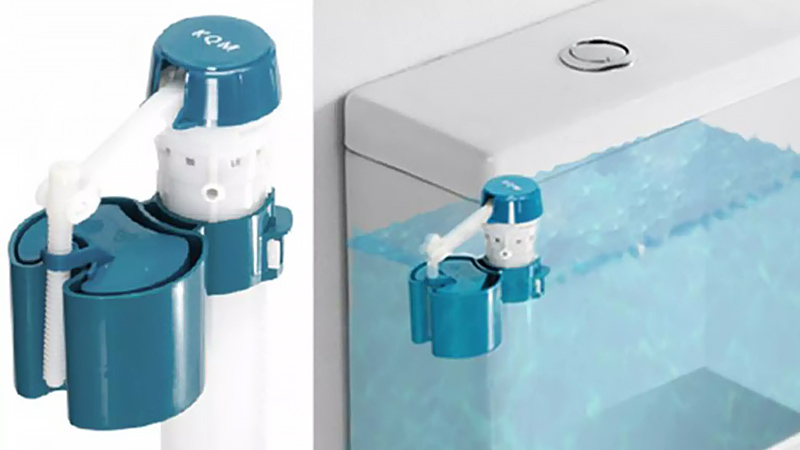 The toilet float is located inside the tank and controls the water level.
The toilet float is located inside the tank and controls the water level.
If you notice that your toilet is using too much water per flush, adjusting the float can be an effective solution. By doing so, you can control the amount of water used and prevent unnecessary waste.
There are various types of toilet floats available on the market, and each may require a slightly different adjustment method.
2 How to Adjust a Toilet Float to Save Water
Adjusting a Plastic Piston-Type Float
Adjusting this type of float is relatively simple. To reduce the amount of water used per flush, turn the screw in a clockwise direction. To increase the water volume, turn it counterclockwise.
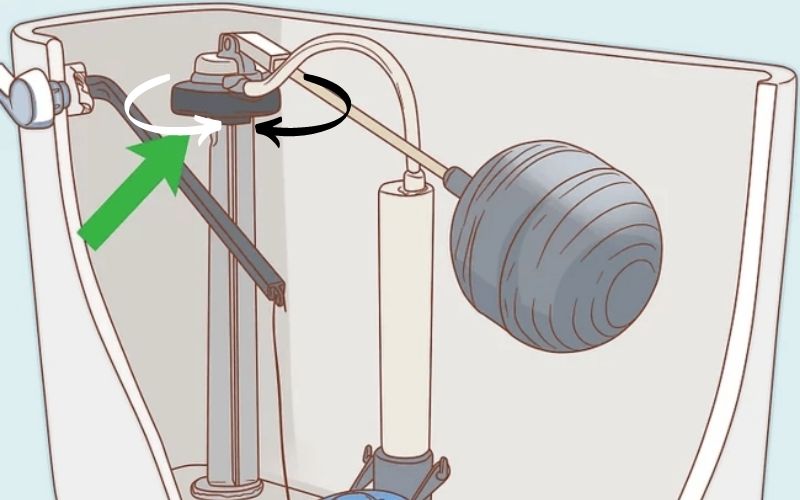 Plastic piston-type float with an adjustable screw
Plastic piston-type float with an adjustable screw
This type of float usually has an adjustable screw that allows you to control the arm connected to the float. By turning the screw, you can set the minimum water level required in the tank for each flush.
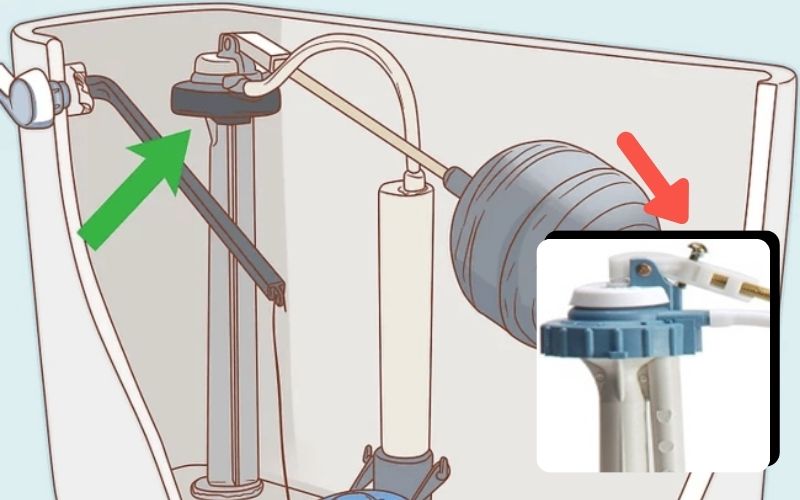 Adjusting the arm connected to the float controls the water level.
Adjusting the arm connected to the float controls the water level.
Adjusting a Floating-Type Float
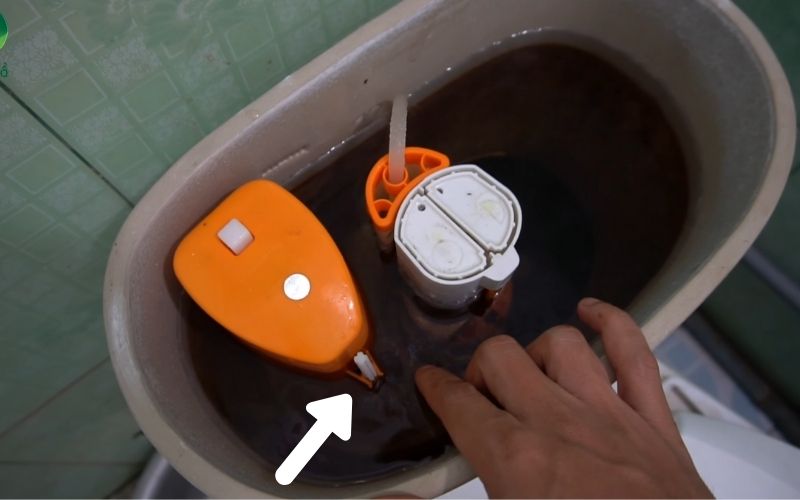 Floating-type float commonly found in smart toilets.
Floating-type float commonly found in smart toilets.
This type of float is often used in smart toilets that offer different flush modes, such as a half or full flush. If your float has an external adjustment rod, simply turn it to make the desired changes. For those with internal adjustments, remove the pin inside the valve and turn it clockwise to adjust the water level accordingly. Floating-type floats are less common nowadays due to their high error rate and propensity for damage.
Adjusting a Copper Piston-Type Float
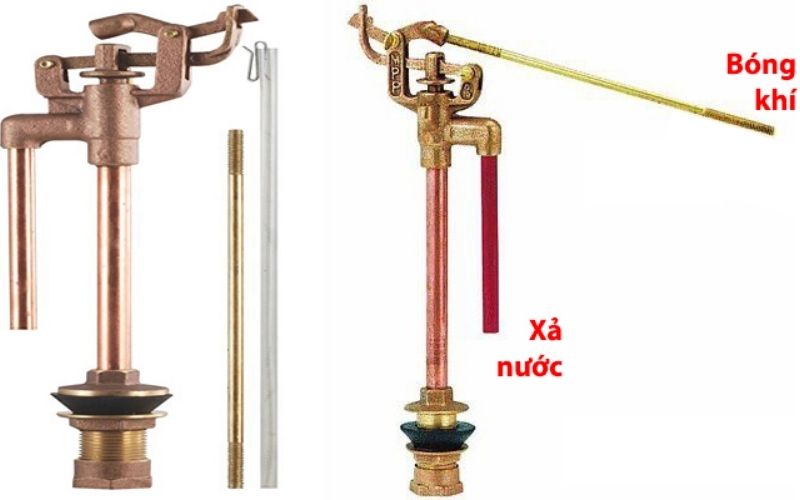 Copper piston-type float found in older toilet models.
Copper piston-type float found in older toilet models.
Copper piston-type floats are typically found in older toilet models from the late 20th century. These toilets do not differentiate between light and heavy flushes, and they are not designed for water conservation. As a result, this design has fallen out of favor. Copper floats tend to be bulky and susceptible to rust over time.
To adjust this type of float, turn the air tube near the flush handle or the arm connected to the float. Alternatively, you can bend the arm to achieve the desired water level for each flush.
Adjusting a Pressure-Sensitive Float
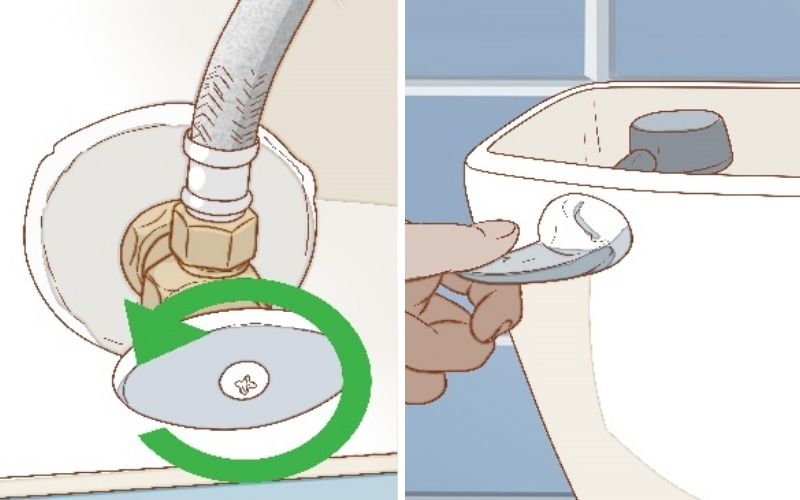 Modern pressure-sensitive float with an adjustable screw.
Modern pressure-sensitive float with an adjustable screw.
This is the most modern type of float on the market, and it doesn’t rely on pistons or floating mechanisms. Instead, it uses pressure to control the water level in the tank. To adjust the water volume, look for a screw at the top of the flush valve. Turning it clockwise will increase the water level, while turning it counterclockwise will decrease it.
After making any adjustments, remember to flush the toilet and observe if the water level is at the desired height.
Note: When reducing the water volume, ensure that you still have enough water per flush to avoid issues with waste disposal and unpleasant odors. Too little water can cause blockages and affect your plumbing negatively.
Related: A Comprehensive Guide to Toilet Maintenance for Beginners
3 Recommended Toilet Float Brands
When shopping for a new toilet float, consider purchasing from reputable brands like:
- ToTo: A well-known brand in the industry, ToTo specializes in producing high-quality plumbing fixtures and toilet floats. Their products are widely regarded as top-tier in the Japanese market and are known for their superior performance.
- Caesar: Caesar is a Taiwanese brand that has established a factory in Dong Nai. They offer a range of plumbing fixtures at reasonable prices, catering to various consumer segments.
- Viglacera: A Vietnamese brand that has gained popularity for its quality products. Using technology from Spain, Italy, Japan, and the USA, Viglacera produces excellent plumbing fixtures, including toilet floats, at affordable prices.
We hope that this guide has provided you with the knowledge to adjust your toilet float and save water. For more information about water conservation, be sure to check out World Water Day!



































